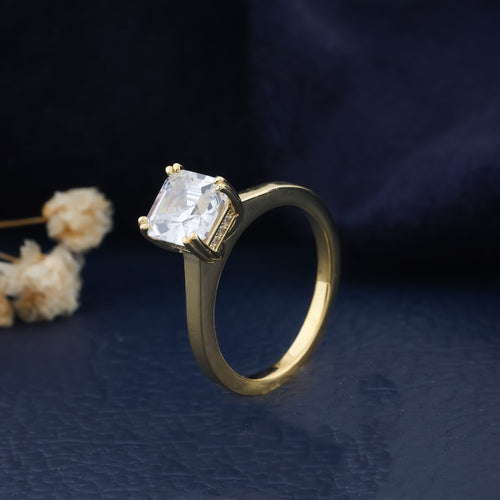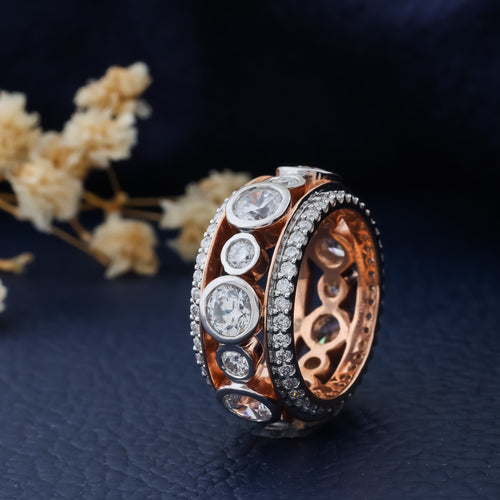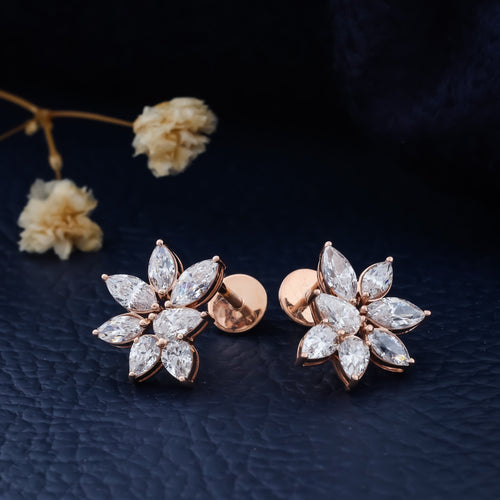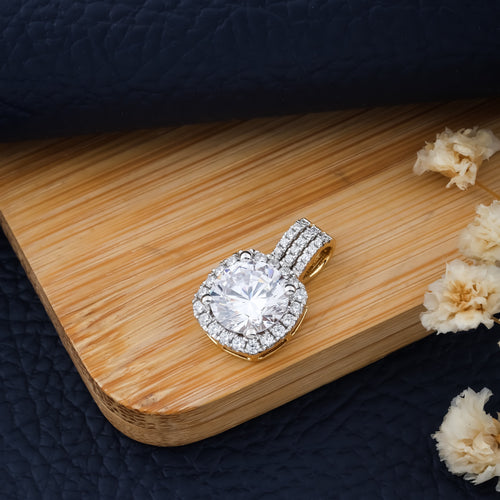Introduction
When it comes to diamonds, it’s not just about sparkle—it’s about meaning. Diamonds have always been symbols of love, commitment, and timeless beauty. Whether you’re choosing an engagement ring, celebrating a milestone, or treating yourself, understanding the basics will help you shop with confidence.
That’s where the 4Cs of Diamonds—Cut, Color, Clarity, and Carat—come in. Think of them as your roadmap to finding the diamond that truly speaks to you. Let’s walk through each one together.
🔹 Diamond Shape – A Reflection of Your Style
The first thing people notice about a diamond is its shape. It says a lot about your personality and taste.
-
Round Brilliant – Classic and timeless, with unmatched sparkle.
-
Princess – A bold square cut that feels modern and stylish.
-
Emerald – Elegant with a “hall of mirrors” effect.
-
Cushion – Romantic, soft, and glowing.
-
Oval – Slender, unique, and flattering on the hand.
-
Heart – The ultimate symbol of love.
-
Pear (Tear-drop) – Graceful and feminine.
-
Marquise – Vintage charm with an elongated look.
-
Radiant & Asscher – Distinctive shapes with rich brilliance.
👉 Pro Tip: Shape is all about preference. It doesn’t make a diamond better or worse—it just makes it yours.
🔹 Diamond Carat – Size vs. Sparkle
When people talk about a diamond’s “size,” they’re usually referring to carat weight. But here’s the secret: carat doesn’t tell the full story. A diamond’s cut and shape also affect how big it looks.
-
0.50–1.00 ct – Perfectly subtle and elegant.
-
1.00–2.00 ct – Balanced, with noticeable sparkle.
-
2.00 ct+ – Bold, glamorous, and luxurious.
💡 Sometimes, a beautifully cut 1 ct diamond will shine brighter—and even look bigger—than a poorly cut 1.5 ct.
🔹 Diamond Clarity – Nature’s Fingerprint
Every diamond is formed in nature, and tiny inclusions (natural marks) make each stone unique.
-
IF (Internally Flawless) – Exceptionally rare.
-
VVS1–VVS2 – Nearly perfect, with flaws invisible to the eye.
-
VS1–VS2 – Eye-clean, great quality for the value.
-
SI1–SI2 – Small inclusions, still beautiful and budget-friendly.
-
I1–I3 – Visible inclusions.
👉 The truth? Most people can’t tell the difference between VS and SI without magnification—so don’t overpay for something invisible.
🔹 Diamond Color – From Icy White to Warm Glow
Diamonds naturally come in shades, graded from colorless (D) to light yellow (Z).
-
D–F (Colorless) – Pure, icy brilliance.
-
G–J (Near Colorless) – Great value, still looks white.
-
K–M (Faint Yellow) – Warm, vintage look.
-
N–Z (Light Yellow) – Noticeably warmer, budget-friendly.
💡 Fun fact: Diamonds in yellow or rose gold settings often look whiter than they really are. That means you can choose a lower color grade and still get a stunning look while saving money.
🔹 Diamond Cut – The Sparkle Factor
If you remember only one thing about diamonds, remember this: cut matters most.
-
Ideal Cut – Reflects the most light, giving that fiery sparkle.
-
Shallow Cut – Leaks light, looks dull.
-
Deep Cut – Holds light in, making the diamond look smaller.
👉 Always choose the best cut you can afford—it’s what makes the diamond truly shine.
✅ Final Buying Tips
When choosing your diamond, keep these quick tips in mind:
-
Choose cut for brilliance.
-
Choose shape for personal style.
-
Choose carat for presence and size.
-
Balance color & clarity to fit your budget.
✨ At the end of the day, the perfect diamond isn’t just about numbers. It’s about how it makes you feel and the story it represents.






0 comments